Notting Hill
- Address: Notting Hill, Londres, Inglaterra
- Tags:
 What to see London,
London,
United Kingdom
What to see London,
London,
United Kingdom
Notting Hill
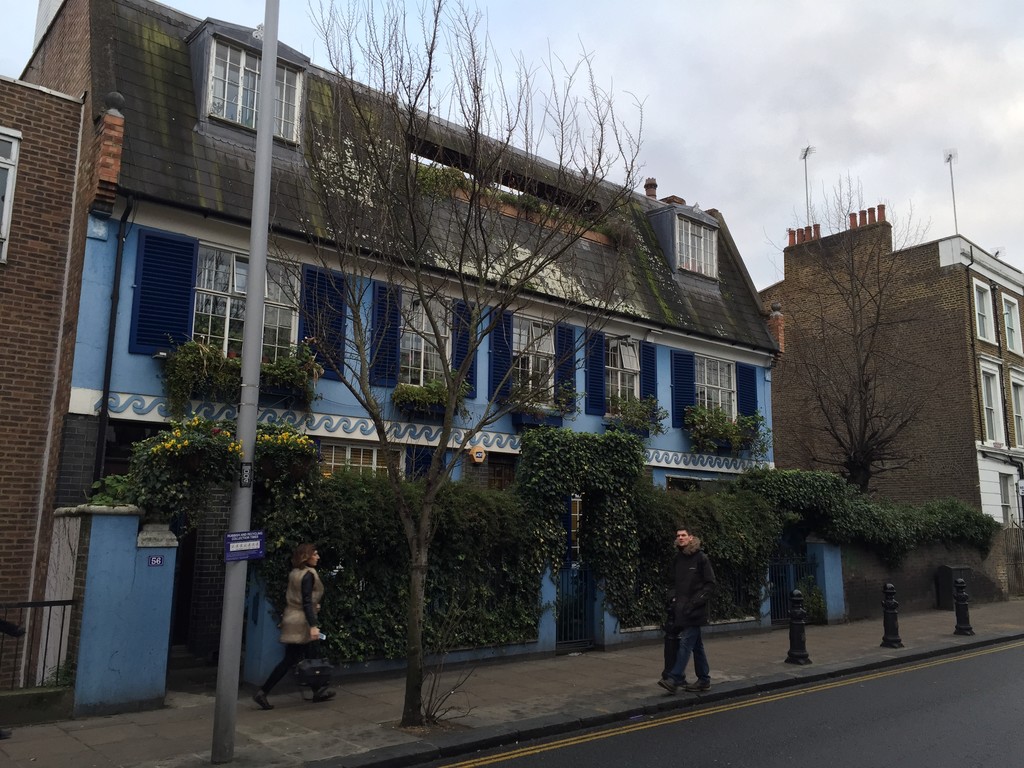
Until the beginning of the 1800s, the area of Notting Hill didn't have much to offer, except Piggeries ceramic warehouse. Portobello Road takes its name from Portobello, which is the name of the Caribbean city of Puerto Bello, in memory of the British captain responsible for the seizure of the port.
Throughout the 19th century, the beautiful white terraces that we associate with this area of West London began to appear, and, today, the area has become one of the most desirable places to both live in and visit in London. However, this is a big change from years prior... At the start of the 20th century, Notting Dale, as it was known at that time, was full of the working class and suffered from problems similar to those other undesirable areas of London also faced: unemployment, crime, and overcrowding.
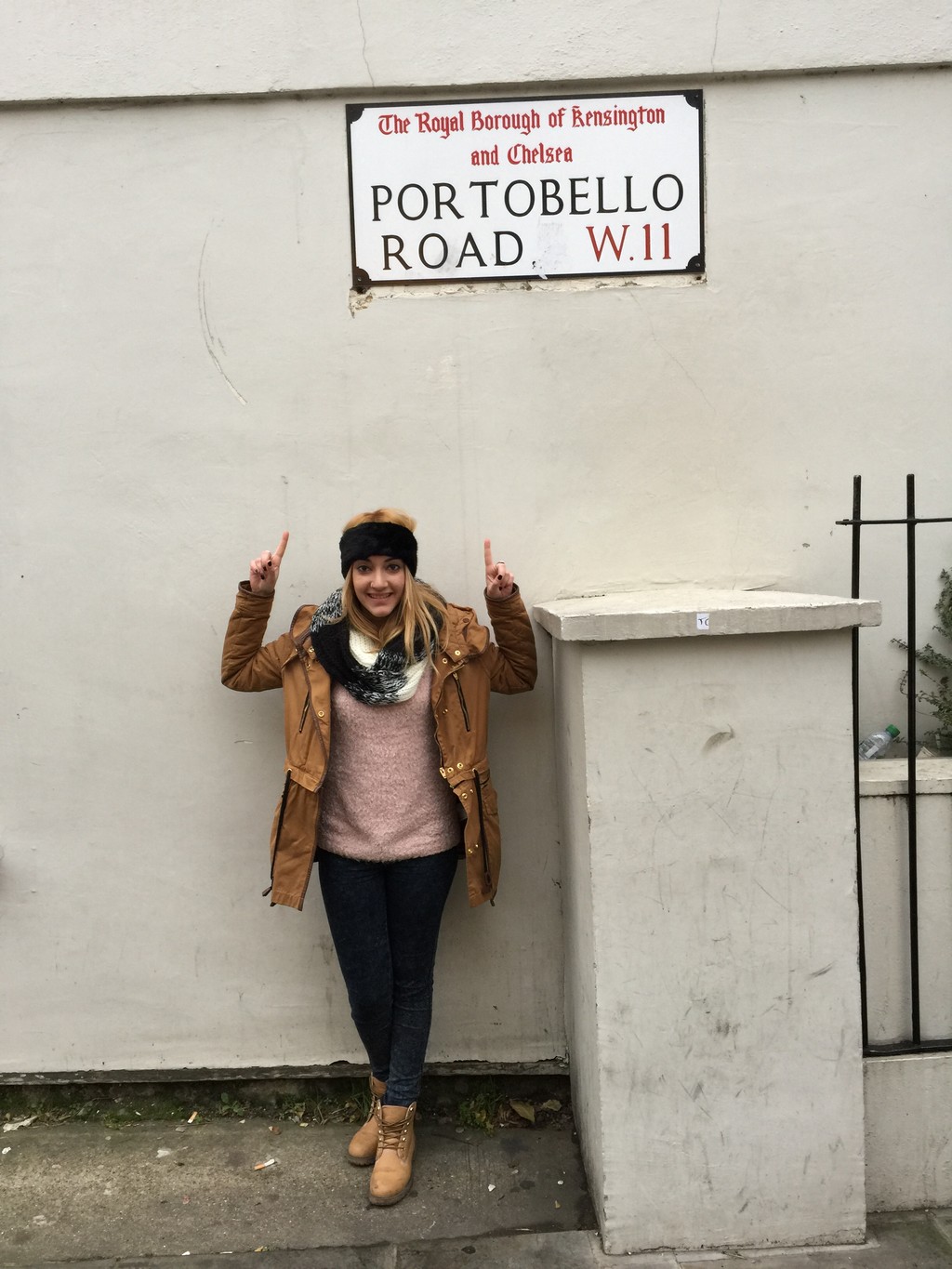
In the 1950s, immigrants began to arrive from the West Indies, which caused tension among the native white population. The new arrivals were not welcome and, consequently, were excluded from the local pubs, so they illegally opened their own bars and nightclubs. On the other hand, as few landowners would accept black tenants, owners of highly sought-after houses, like Peter Rachman, saw the opportunity to make quick money by crowding many people into very small properties, properties that were essentially hovels, at extortionate prices.
Due to these problems and the constant battle between the two populations in Notting Hill, a Swedish woman and her Jamaican boyfriend started a violent revolt in August 1958. Passers-by joined in, and during a three-day period, groups of young white boys (many of whom were Teddy Boys), broke windows and robbed businesses. All of this was also supported by members of the black community, encouraged by the preaching of Oswald Mosley, ex-soldier and politician who founded the British Union of Fascists in 1932.
Nowadays, it has returned to what it always was, a neighbourhood in central London, close to Hyde Park, which has managed to find some peace and tranquillity, in spite of the urban hustle and bustle surrounding it. In addition to this, many of the colourful little houses that are particularly sought-after by famous singers and actors were moved here to try and help them find some peace and quiet, and to avoid being continually followed by the paparazzi. Notting Hill is also highlighted for its cute, vintage and bohemian stores that make for great souvenirs and gifts for both passers-by and tourists alike.
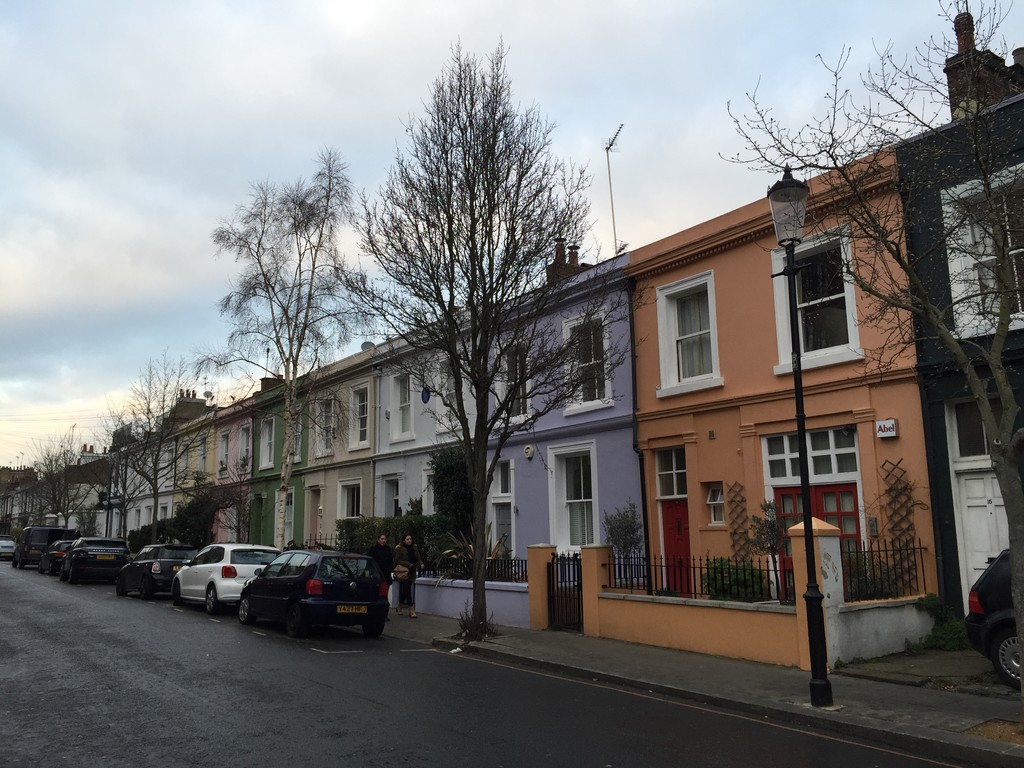
Notting Hill Carnival
Notting Hill Carnival has taken place in London during the final week of August every year for the last 47 years, and is one of the most famous carnival-style events in Europe. Initially, this huge festival started thanks to the black Caribbean immigrants, particularly those from Trinidad and Tobago, when the tradition of carnival was really strong. Many of the people who lived in the local area had dreamed of organising a festival-type event to unite the divided people of Notting Hill: the immigrants found this to be a way to fight against a number of important issues: racism, a lack of opportunities, bad living and working conditions, and general suppression of self-esteem.
There were racial tensions at the end of the 1950s, and the black population of Notting Hill were subject to constant pressure. In order to evade it, they organised dances and parties in huge halls in North London and in other places were the blacks, above all the Trinidadians, could meet up freely.
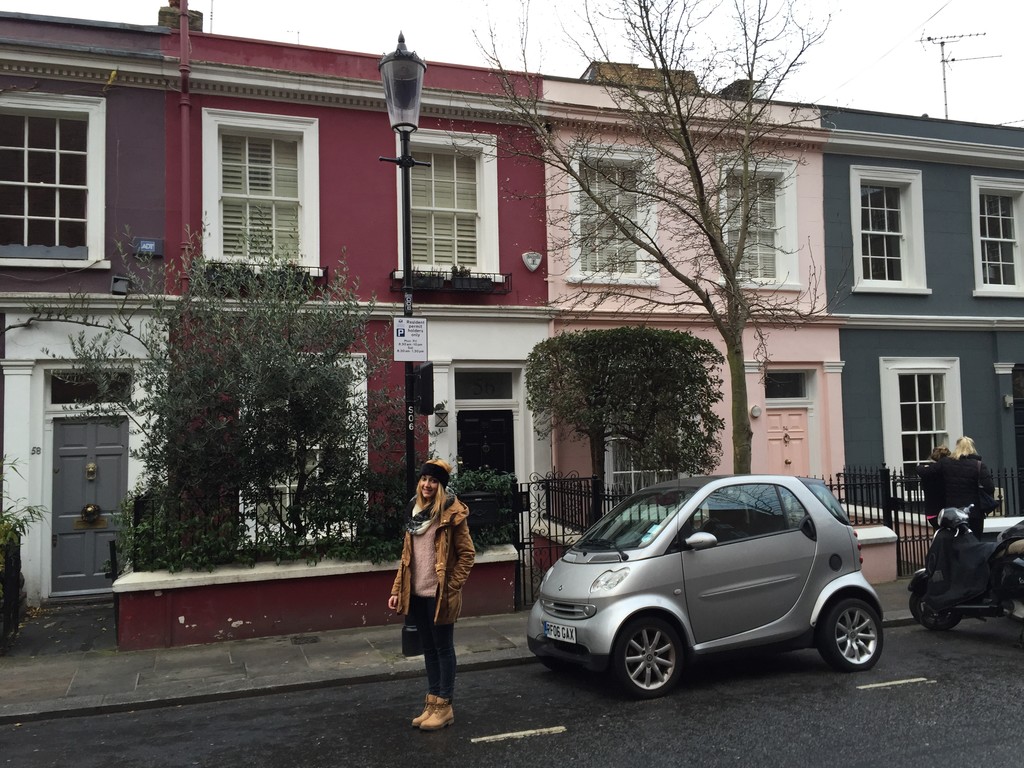
Rhaune Laslett, a social worker and resident of Notting Hill in the sixties, decided to invite a band to take part in a street festival in the neighbourhood. This was the first time that a band had ever performed outdoors in England.
The idea of inviting a black band to take part in the festival came with the goal of attracting the vast majority of the West Indians to the area and making sure that they felt like a part of the celebration of the community.
The "steel band" arrived in Notting Hill in 1964. Almost all of the West Indians, in addition to the local white residents, flooded the streets in celebration of Notting Hill, with songs and dances demonstrating that they were very enthusiastic about the playing of popular music from their countries. For the first time, the blacks could express themselves freely in the streets of Notting Hill in appreciation of music and unity, whilst remembering previous carnivals from their countries of origin. The opportunity to dance and perform outside in the streets was a spectacular that wasn't to be missed.
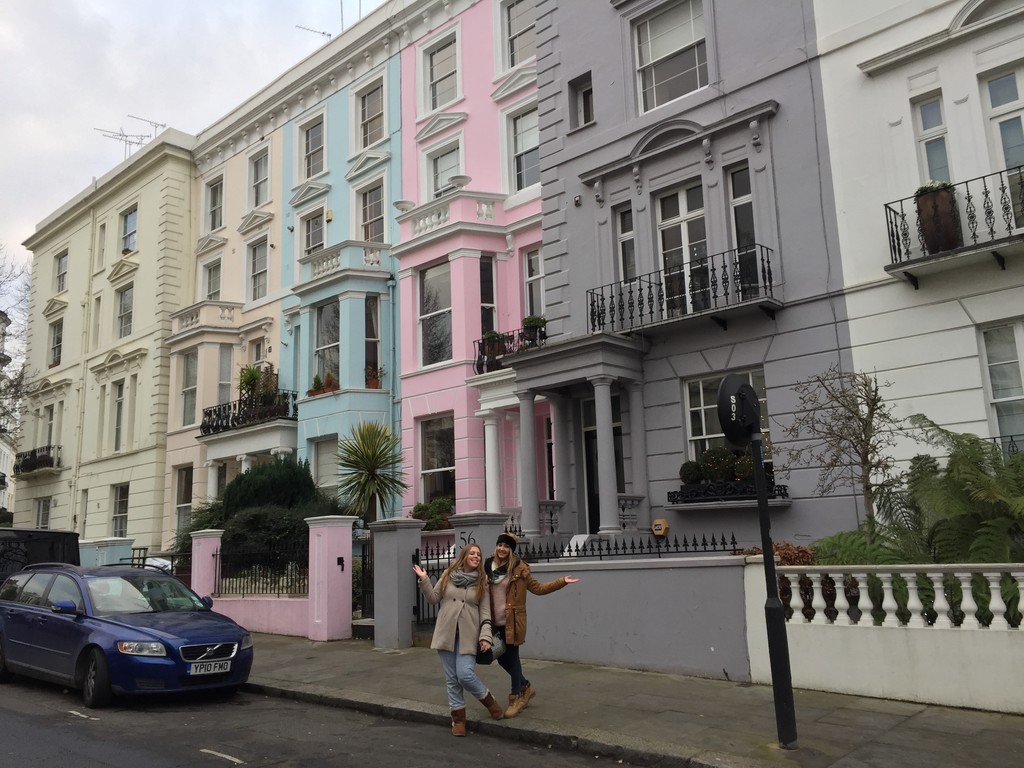
Sterling Betancourt, Russ Henderson, and others were part of this first steel band and are still part of the bands that play in these carnivals nowadays.
Locations in the film 'Notting Hill'
The famous blue door in Notting Hill must be one of the most iconic props to grace the screen in British cinematic history. Who could have predicted that?
The team behind 'Four Weddings and a Funeral' followed up with another blockbuster and another Transatlantic romance, as Anna Scott (Julia Roberts) falls in love with English librarian, the affable William Thacker (Hugh Grant).
The film's title shares its name with the film's setting, although the famous neighbourhood appears to have undergone, to a certain extent, some ethnic cleansing: this is maybe the whitest you will ever see Notting Hill.
Notting Hill was also the location of some 'breakout' films like Bryan Forbes' "The L Shaped Room" (dealing with subjects like abortion, racism and prostitution) in 1962. Before Portbello Road was home to its antiques markets, it was actually a fundamental part of many films in the 'Swinging Sixties', like "The Italian Job", and the comedy espionage film, "Otley".
The heart of the films have to be Portobello Road Market in Notting Hill, which is in the top 10 tourist attractions in London - a fact that you would best appreciate if you visit during the weekend, as this is the best way to see it with all the hustle and bustle. During the week, the locals go there to buy fruit and vegetables. Second-hand goods are also available to buy on Fridays and Saturdays when the walkways of this famous antiques markets are full of people.

Beginning in the 1860s - along with Carnaby Street and King's Road, Chelsea - Notting Hill became one of the areas associated with "Swinging London", a phenomenon of the 1960s. Sometimes, it feels like the sixties never actually left Portobello Road.
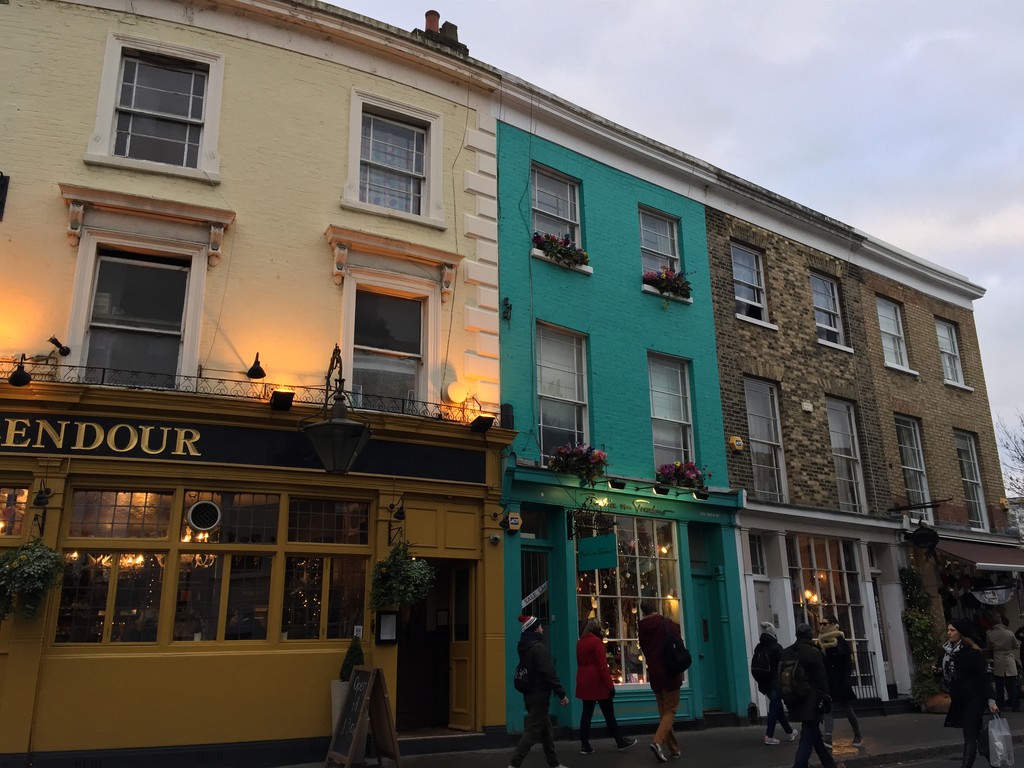
Irrespective of whether in Notting Hill or not, there is no shortage of monuments in London that will tempt the typical American tourist to part with their cash.
Want to live here? Check out our definitive guide to renting in London so that you can live next door to this incredible market.
Photo gallery
Content available in other languages
- Español: Notting Hill
- Italiano: Notting Hill
- Français: Notting Hill
- Polski: Notting Hill
Rate and comment about this place!
Do you know Notting Hill? Share your opinion about this place.

























